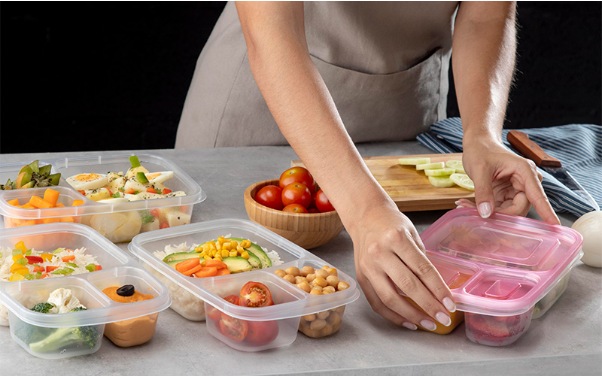Students juggle lectures, tutorials, part-time jobs, social lives, and occasional all-nighters. Cooking often gets benched, not by choice, but by the clock. This is where ready-to-eat meals in Singapore enter the scene like a trusty sidekick, quick, easy, and quietly dependable.
Meals that once needed chopping, stirring, or multiple saucepans now come sealed, seasoned, and microwave-friendly. There’s no need to wrestle with ingredients or wash a mountain of dishes after. The result? More time to revise, recharge, or scroll endlessly through social media.
A Hot Meal Without the Heat
Here’s the thing: not every dorm has a kitchen. Even those with shared kitchens often face a daily queue and fridge space tighter than a packed MRT train. Ready-to-eat meals solve both problems. Students can keep them in their room, heat them in minutes, or, in some cases, just peel open and dig in.
That’s convenience with a capital C, and we’re not talking instant noodles. From local delights like chicken rice and laksa to international dishes like pasta and curries, the choices go beyond the usual bland suspects.
What Makes These Meals Work
The secret is smart packaging, balanced ingredients, and thoughtful preparation by food makers who know the student struggle is real. Meals are often vacuum-sealed or packed in modified atmospheres to keep them fresher for longer. Some even use retort pouches, which are like food’s version of a sleeping bag, keeping things warm and safe until needed.
This kind of packaging means students get decent food without preservatives or fuss. Nutritional labels also help with portion control and awareness. It’s food that does its job quietly, like a flatmate who washes their own dishes.
Who’s Cooking Behind the Curtain?
While the meals are easy to grab and go, there’s a whole industry making sure they’re safe and tasty. An OEM food manufacturer in Singapore often works behind the scenes, whipping up meals in bulk for brands that students see on store shelves.
OEM food manufacturers take care of everything from recipe testing to large-scale production, ensuring every spoonful is consistent. Their kitchens follow strict food safety standards and often work with nutritionists to make sure meals tick the right boxes. This means less guesswork for students and more confidence in what they’re eating.
Custom Meals Without the Custom Price
Some OEMs also let brands request custom flavours or dietary tweaks. Whether it’s vegan laksa, low-sugar curry, or higher-protein rice bowls, there’s room for variety. It helps that these options still come without the usual price tag of eating out every day. For budget-conscious students, that’s a big plus.
Are Students Actually Buying Them?
Yes, and not just out of laziness. A 2023 survey from a local polytechnic found that 3 out of 5 students relied on ready meals at least three times a week. The reasons were clear: time-saving, cost-effective, and easy to store.
Retailers have caught on, too. Convenience stores now carry a wider range, with some stocking ready-to-eat meals in Singapore specifically designed for student appetites, small enough to snack on, big enough to stop your stomach from growling mid-lecture.
Better Than Fast Food?
In many cases, yes. Ready meals often include rice, veg, and meat in a better balance than fast food. They’re also usually lower in oil and salt. It’s not healthy food, but it’s not junk either. It’s the middle ground that students can live with and afford.
The Not-So-Distant Future of Eating
OEM food manufacturers in Singapore are experimenting with even more student-friendly features. Think: resealable packs, eco-friendly containers, and meals designed for those with dietary restrictions. These aren’t flashy gimmicks. They respond to what students need now, fast food that’s a little more thoughtful, a little more flexible, and still affordable.
Ready-to-eat meals won’t replace home-cooked food. But they’ve already carved out a space in the student fridge, right next to that half-drunk bottle of iced tea and leftover bubble tea pearls. That space isn’t going anywhere.
Contact Taste Asia to learn how ready-to-eat meals can meet the daily needs of students without missing a beat.


